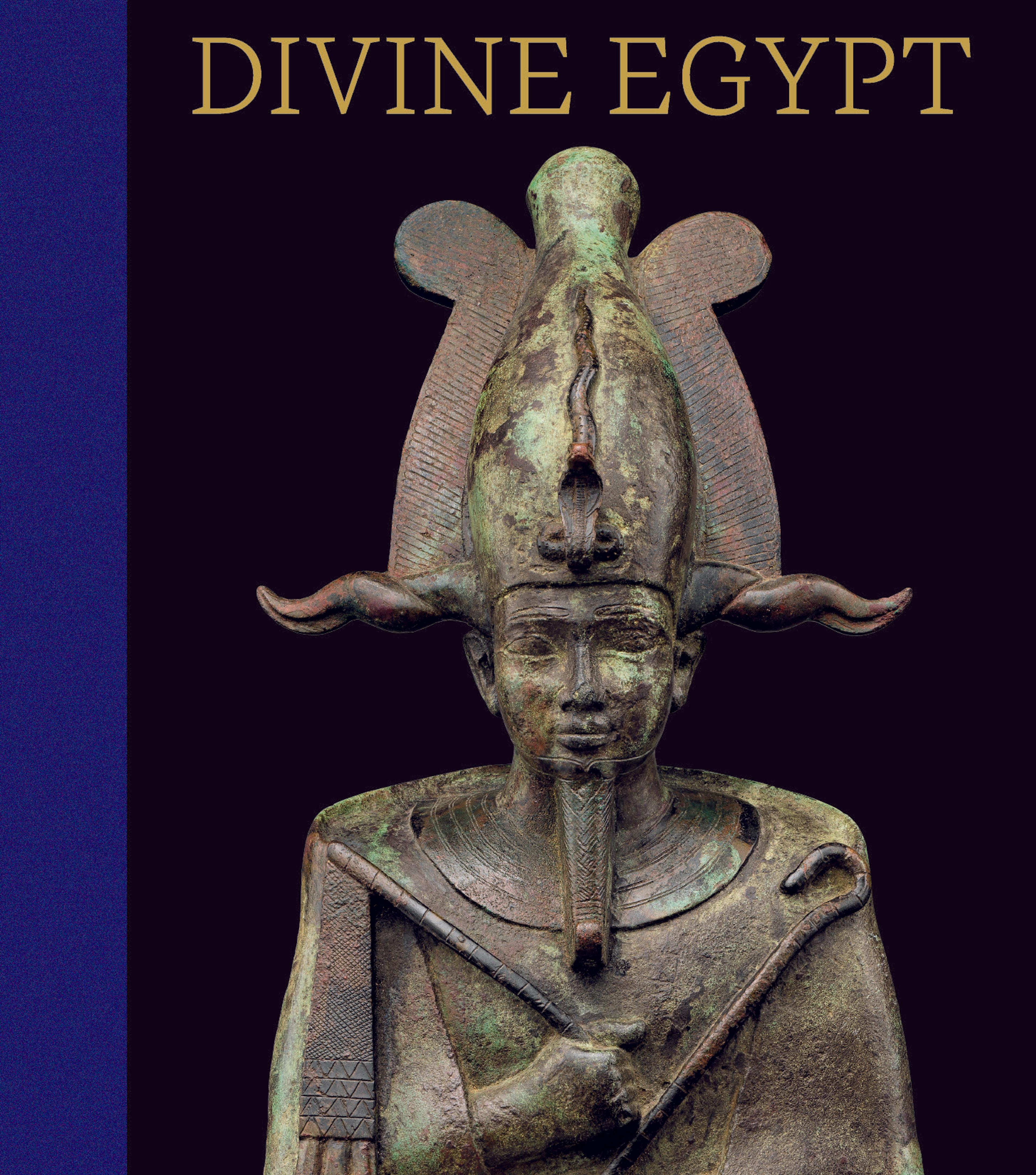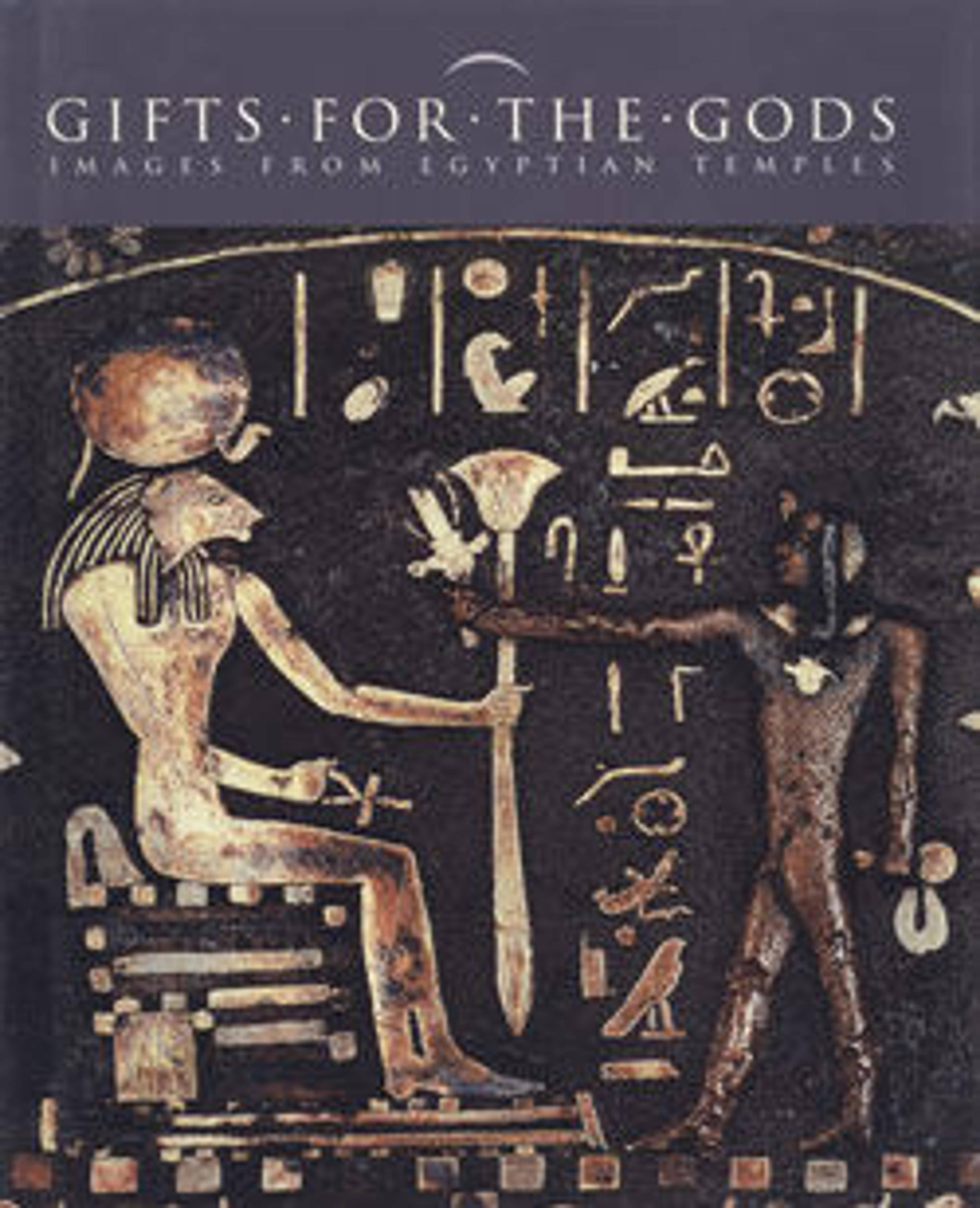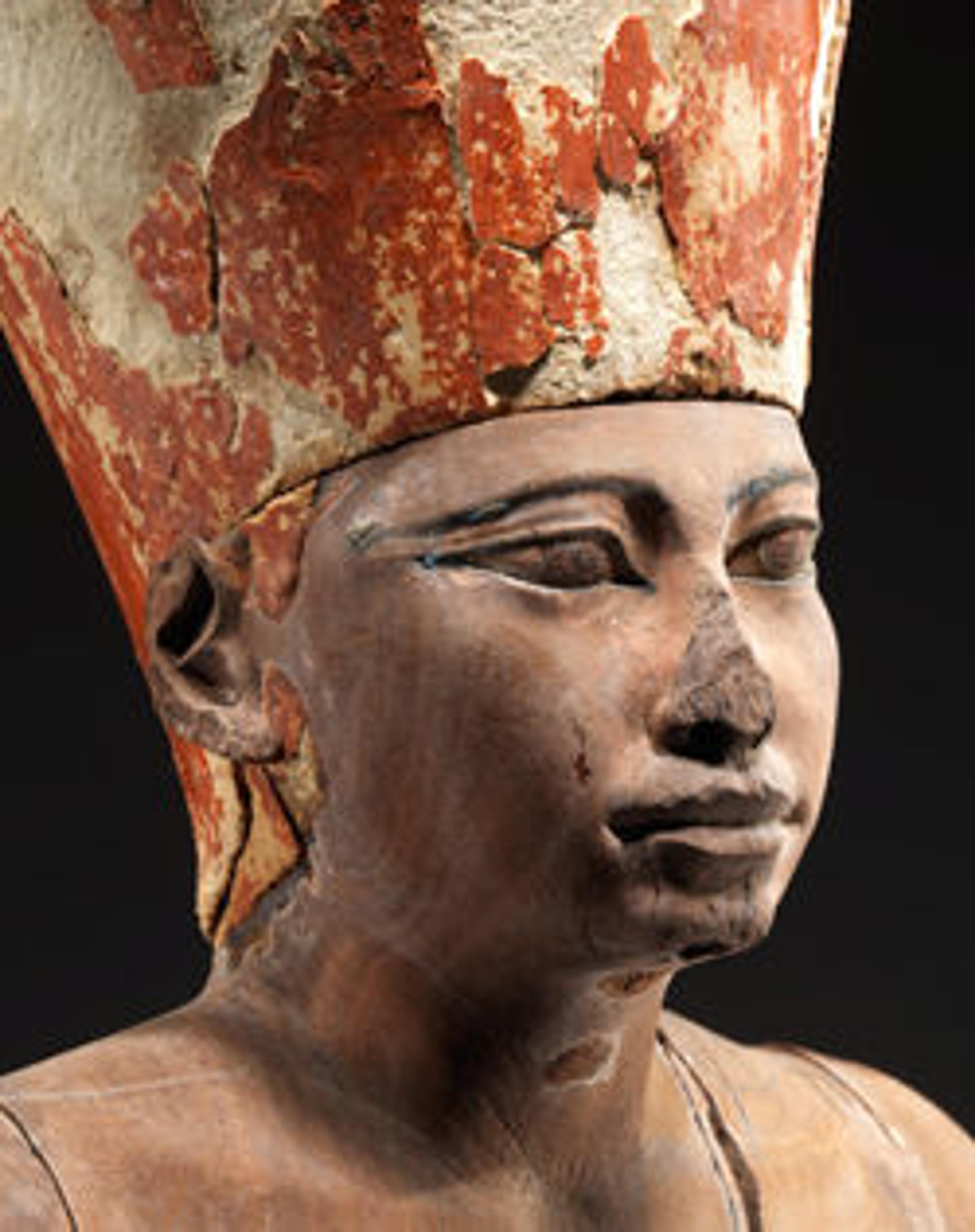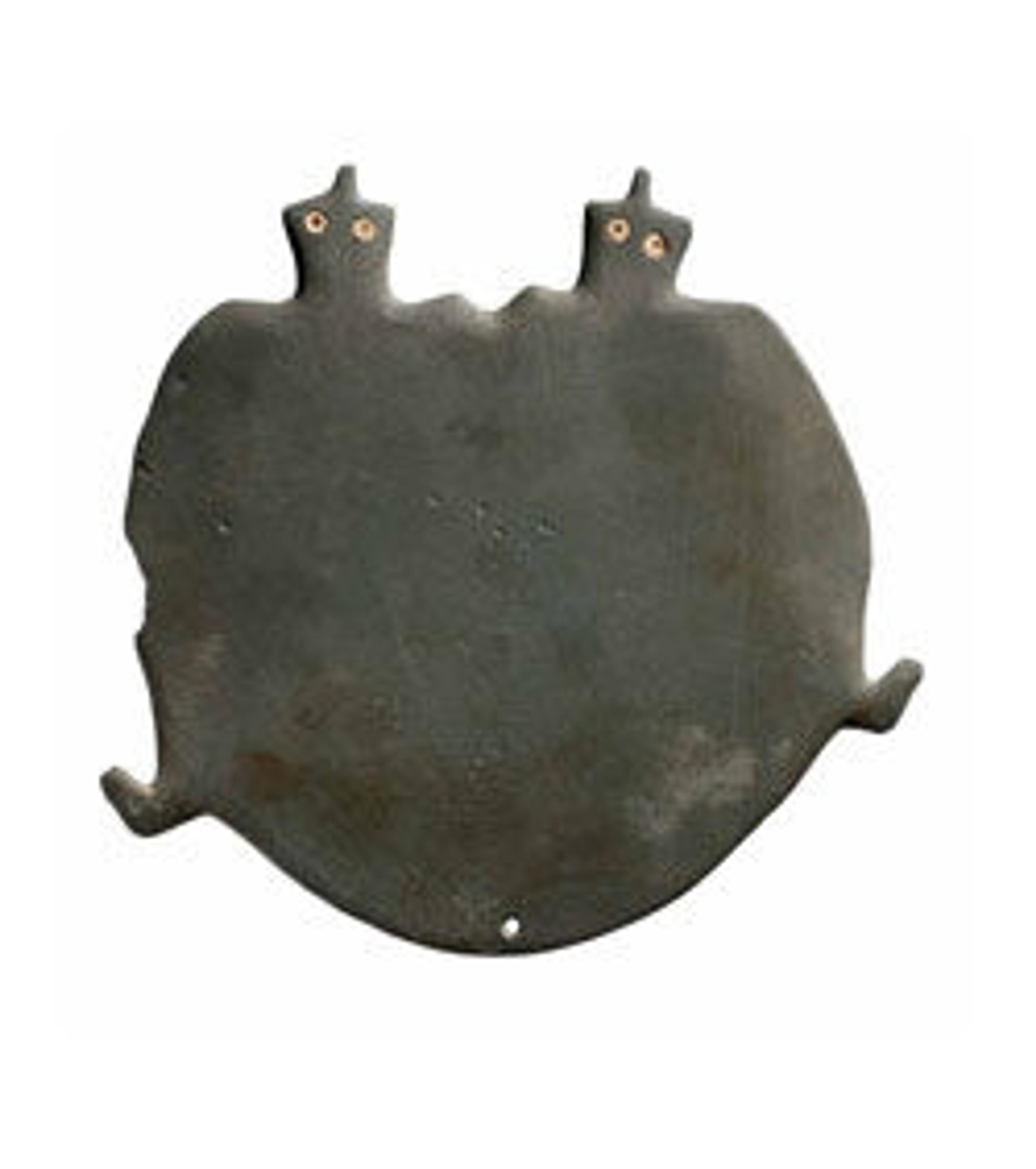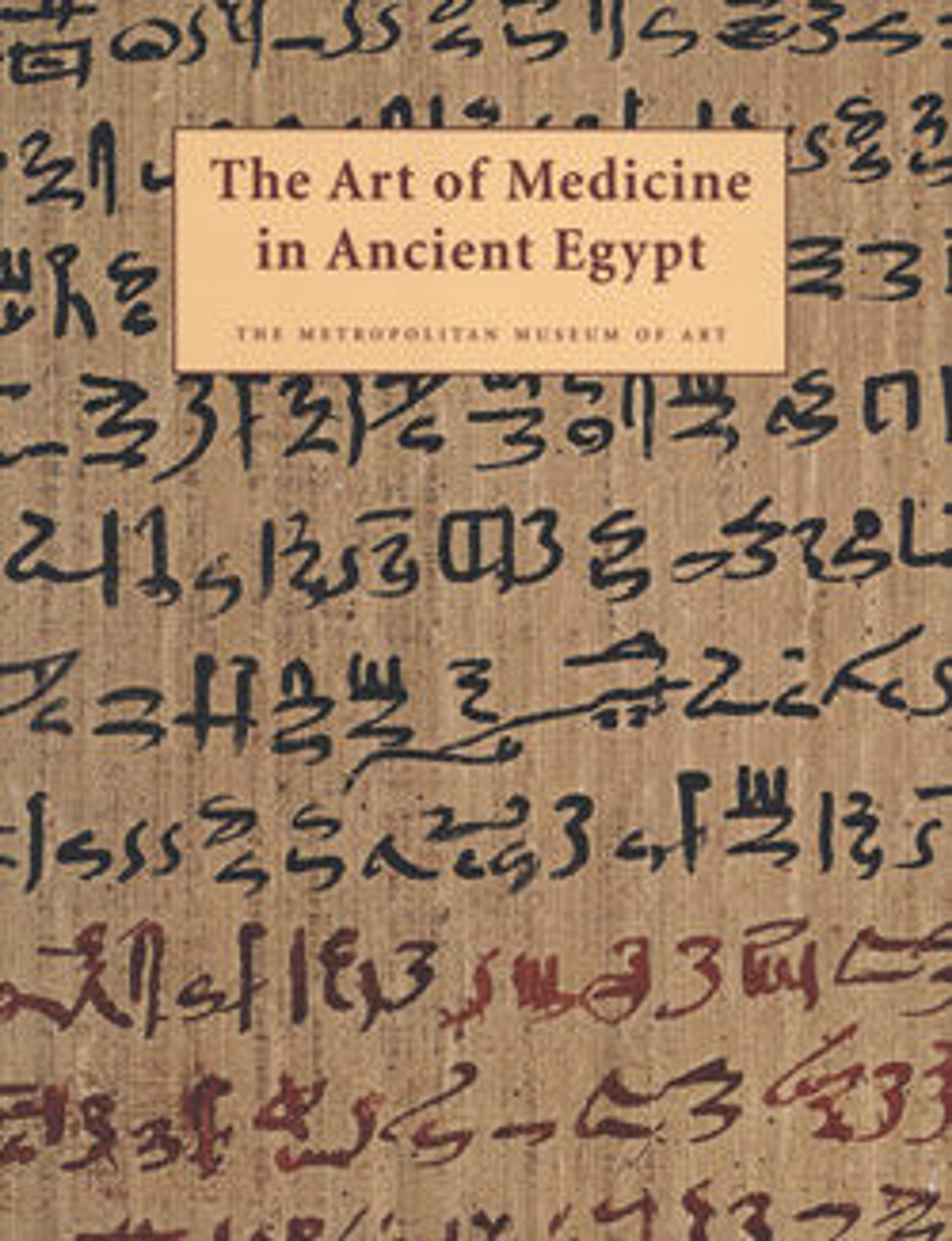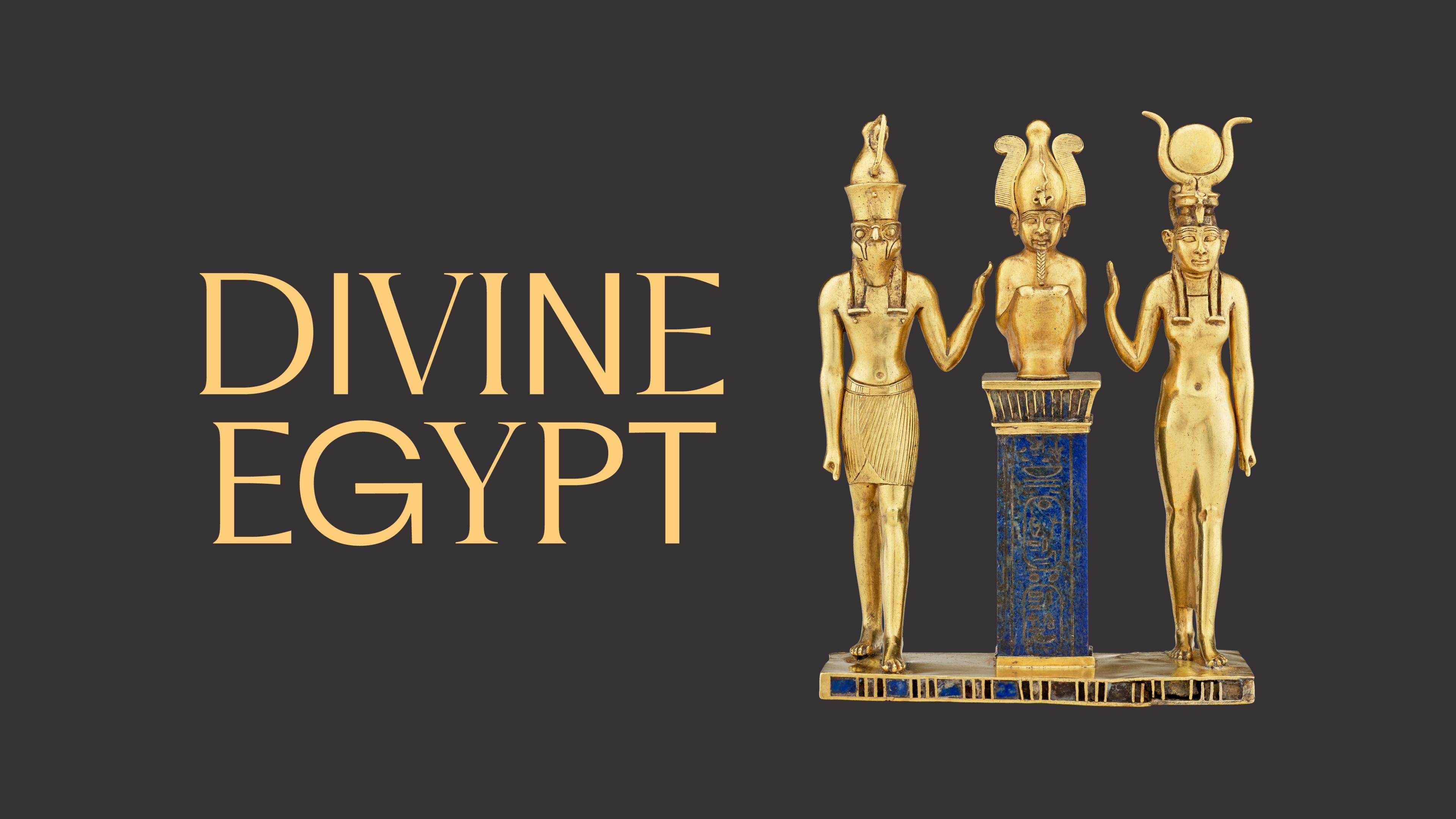
Ancient Egyptian religious practice flourished across millennia and encompassed a staggering array of gods, goddesses, and other divine beings. This publication outlines the rich iconography used to represent Egyptian deities —from the stately falcon-headed Horus, associated with power and kingship, to the fearsome lion-headed Sakhmet—and explores how these representations evolved alongside the roles of the gods themselves. Illustrated with more than 300 exceptional works of art, including statuary, figurines, jewelry, animal mummies, and coffins, Divine Egypt examines the expansive set of features used to symbolize more than 20 deities and their variations while also familiarizing readers with the meaning and cultural significance of each figure. World-renowned scholars explain how the ancient Egyptians recognized and understood divine images and the otherworldly nature of their gods. Essential reading for lovers of Egyptian art, this book enriches our understanding of not only the deities of ancient Egypt but also the lives of all strata of ancient Egyptian society.
Met Art in Publication
You May Also Like
Press the down key to skip to the last item.
Citation
Patch, Diana Craig, and Brendan Hainline, eds. Divine Egypt. With Niv Allon, Yekaterina Barbash, Lawrence Michael Berman, et al. The Metropolitan Museum of Art, 2025.
